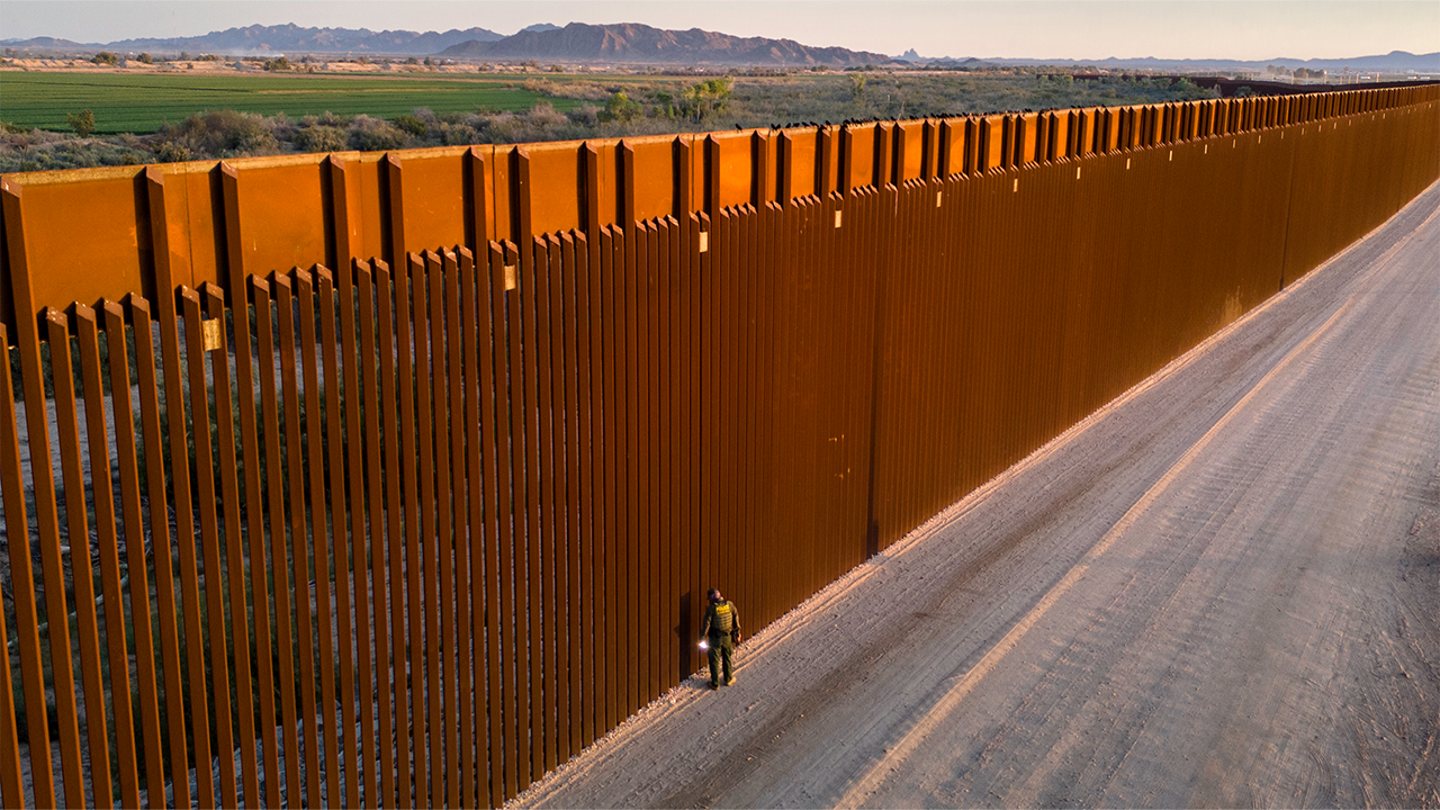Border encounters plummet to historic lows as Trump’s policies reverse Biden’s catch-and-release disaster
As of July 2025, the U.S. southern border has reached an unprecedented level of quiet. According to Customs and Border Protection data,
only 25,243
inadmissible
individuals were encountered in June
at all U.S. borders — the
lowest monthly total on record
. This includes just
over 6,000 encounters at ports of entry
, a staggering drop from the height of the crisis under President Joe Biden, when that figure could reach
double in a single day
.
Perhaps even more significant: the
Department of Homeland Security released zero inadmissible migrants
in June — the second straight month of no releases. That marks a dramatic reversal from
May 2024
, when over
62,000 were released
, not counting tens of thousands let in through
parole programs
and
“gotaways”
who evaded detection.
Trump Ends Catch-and-Release, Reinstates Strict Enforcement
This shift comes amid the full implementation of former President
Donald Trump’s border policies
, which include ending catch-and-release, reviving the “Remain in Mexico” program, expanding detention capacity, and reactivating third-country agreements. Trump also halted federal funding to NGOs that facilitated mass migration and restarted construction on sections of the border wall.
“Under Trump, inadmissible migrants are being detained as required by law,” said a senior DHS official. “That allows for quick deportation decisions and reduces the incentive to file meritless asylum claims just to gain entry.”
In contrast,
f
ormer DHS Secretary Alejandro Mayorkas
testified in late 2023 that as many as
85% of those caught crossing illegally were being released
. In
December 2023
, the border saw a record
251,178 encounters
, meaning nearly
213,500 were likely released
— more than the population of
Tallahassee, Florida
, in a single month.
Shift in Asylum Strategy and Court Hearings
The Trump administration has also reportedly
curtailed bond hearings
for detained migrants. According to officials, migrants in detention tend to attend every court date and seek swift resolution — especially if they know their asylum claims are weak. In contrast, when released, many disappear or deliberately delay proceedings. During Biden’s term,
over 500,000 migrants failed to appear
for their immigration court dates.
“Detaining migrants through the full legal process ensures that deportation orders can be carried out quickly,” one official explained. “Once released into the U.S. interior, it becomes time-consuming and costly to locate and re-arrest them.”
Boosting Enforcement Infrastructure
A key element of the Trump strategy is the passage of the
“Big Beautiful Bill,”
which allocates
$170 billion
to:
-
Hire
300 more immigration judges
- Expand DHS staff
-
Increase detention capacity to
100,000 beds
These changes aim to clear the asylum backlog and discourage baseless claims by ensuring that inadmissible migrants are quickly processed and, if ordered removed, promptly deported.
Legacy Media and Political Resistance
While immigration enforcement has surged, critics in the media and political circles have accused the Trump administration of excessive measures. DHS officials, however, argue that restoring the rule of law is long overdue.
“Under Biden, ICE was instructed to ignore vast numbers of illegal migrants,” said one DHS spokesperson. “Now, agents are doing their jobs again — and it’s working.”
From Inaction to Action
Unlike the previous administration, which often blamed Congress or external factors, Trump’s team has taken direct steps to reduce the flow of illegal migration. By shutting down “lawful” parole pathways and empowering enforcement personnel, the Trump administration has reversed trends that once seemed insurmountable.
“While Biden handed out excuses, Trump changed the conditions,” a senior official said. “And the numbers prove it.”
As border encounters continue to plummet and enforcement regains momentum, officials hope voters recognize the results — and expect future leaders, regardless of party, to uphold the nation’s immigration laws.












